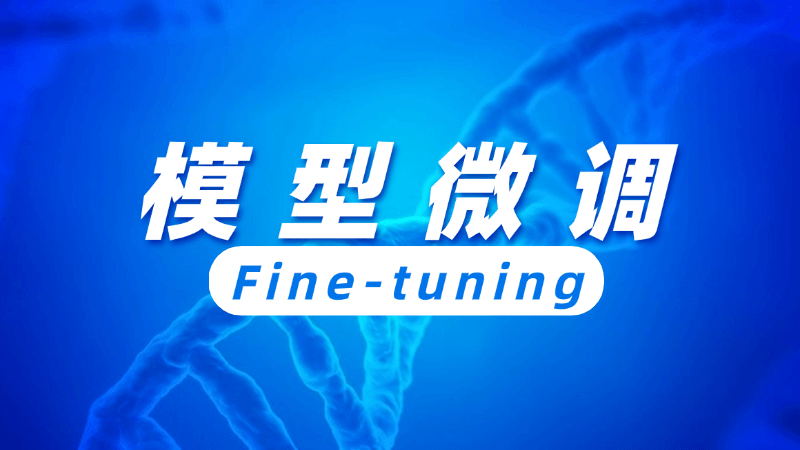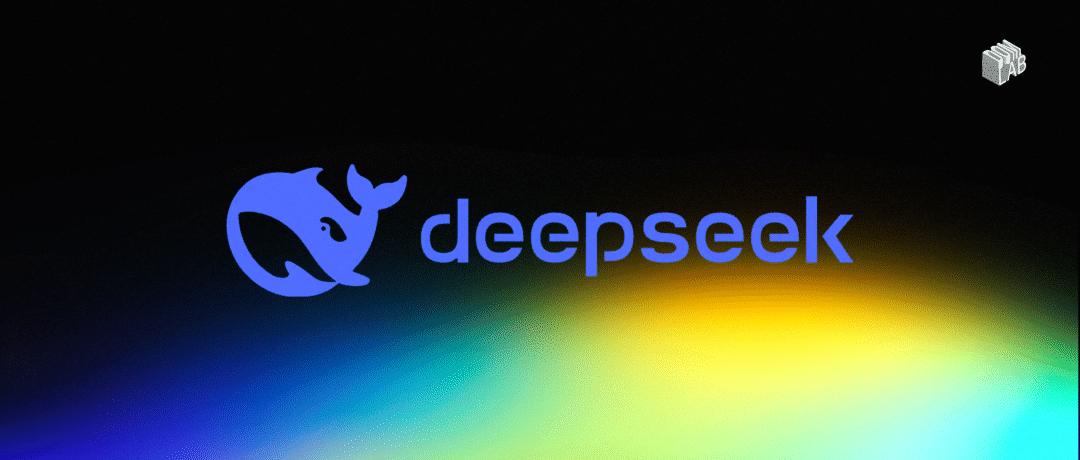AI Engineering Academy: 2.13 RAG-Fusion: Enhanced Retrieval Enhanced Generation
present (sb for a job etc)
RAG-Fusion is an advanced information retrieval and text generation methodology built on Retrieval Augmented Generation (RAG). This project implements RAG-Fusion to provide more accurate, contextually relevant and comprehensive responses to user queries.
https://github.com/adithya-s-k/AI-Engineering.academy/tree/main/RAG/08_RAG_Fusion
locomotive
traditional RAG While effective, systems often face limitations in capturing the full intent of the user and retrieving the most relevant information.RAG-Fusion solves these problems in the following ways:
- Generate multiple queries to capture different aspects of user intent.
- Improve search accuracy using advanced reordering techniques.
- Provide more detailed context for language models to generate more relevant responses.
Methodological details
Document preprocessing and vector store creation
- Text Splitting: Divide documents into manageable chunks.
- Embedding Vector Generation: Convert each chunk into a vector representation using a pre-trained embedding model.
- indexing: Store the embedded vectors in a vector database for efficient retrieval.
Retrieval Enhancement Generation Workflow
- Query Extension: Expand the original user query into multiple related queries using a language model.
- Multi-query embedding: Convert all queries (original and generated) into embedding vectors.
- vector search: Use each query embedding to retrieve relevant document blocks from the vector database.
- Reciprocal Ranking Fusion (RRF): Combine and reorder the results of multiple queries using the RRF algorithm.
- contextualization: The original query, the generated query and the reordering result together form the context.
- Response Generation: Generate final responses based on rich context, large language models.
Key features of RAG-Fusion
- Multi-query generation to fully capture user intent.
- Reciprocal Ranking Fusion (RRF) improves result relevance.
- Integration of multiple information retrieval technologies.
- Flexible architecture with support for various embedded models and language models.
Benefits of this method
- Enhanced query comprehension: By generating multiple queries, RAG-Fusion captures a broad dimension of user intent.
- Improved search accuracy: Use RRF to improve the correlation of multiple query results.
- Reduction of hallucinations: Reduce the chances of the model producing an incorrect response by providing a more comprehensive and accurate context.
- Multi-disciplinary applicability: The system can be applied to a variety of fields and types of queries.
- scalability: The architecture is designed to support efficient processing of large document collections.
reach a verdict
RAG-Fusion represents a significant technological advancement in the field of information retrieval and text generation. By addressing the limitations of traditional RAG systems, it provides a more robust, accurate and flexible information retrieval solution for a wide range of scenarios, from question and answer systems to document summarization tasks.
© Copyright notes
Article copyright AI Sharing Circle All, please do not reproduce without permission.
Related posts

No comments...





![Sora视频生成模型:构建虚拟世界的模拟器 [译]](https://aisharenet.com/wp-content/uploads/2024/02/b29cc0bf0bfa1d3.png)